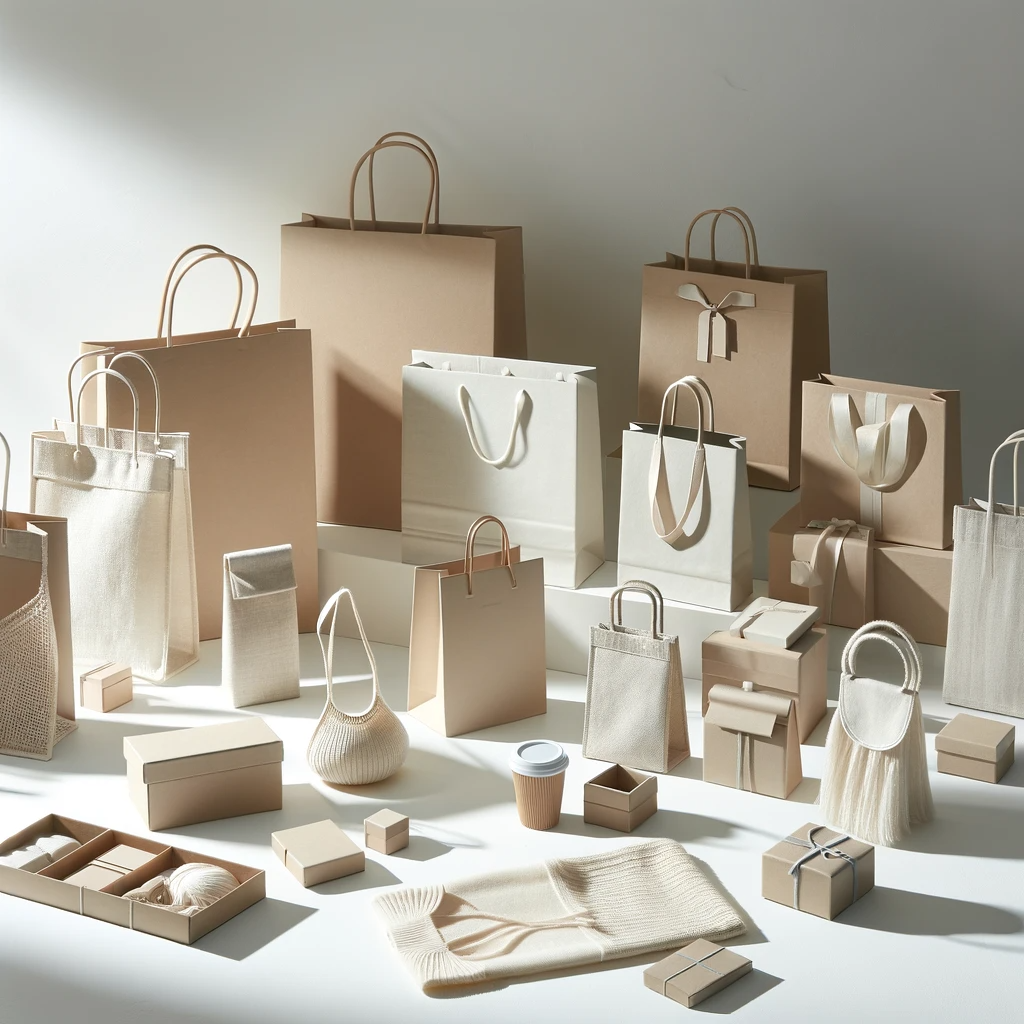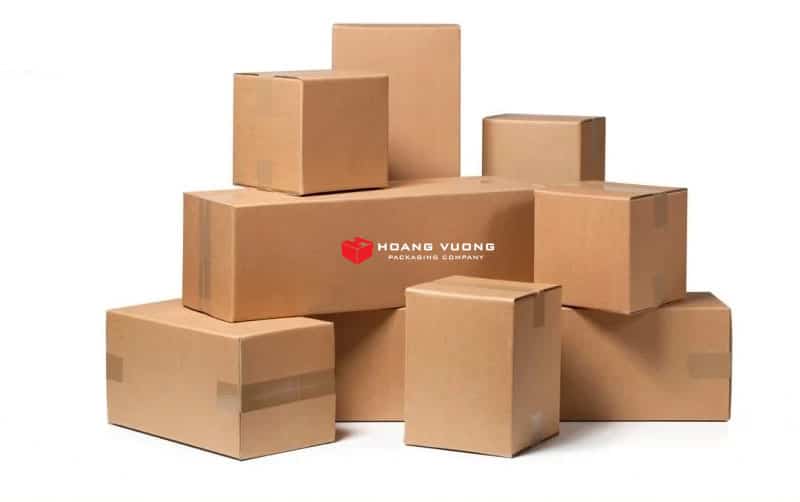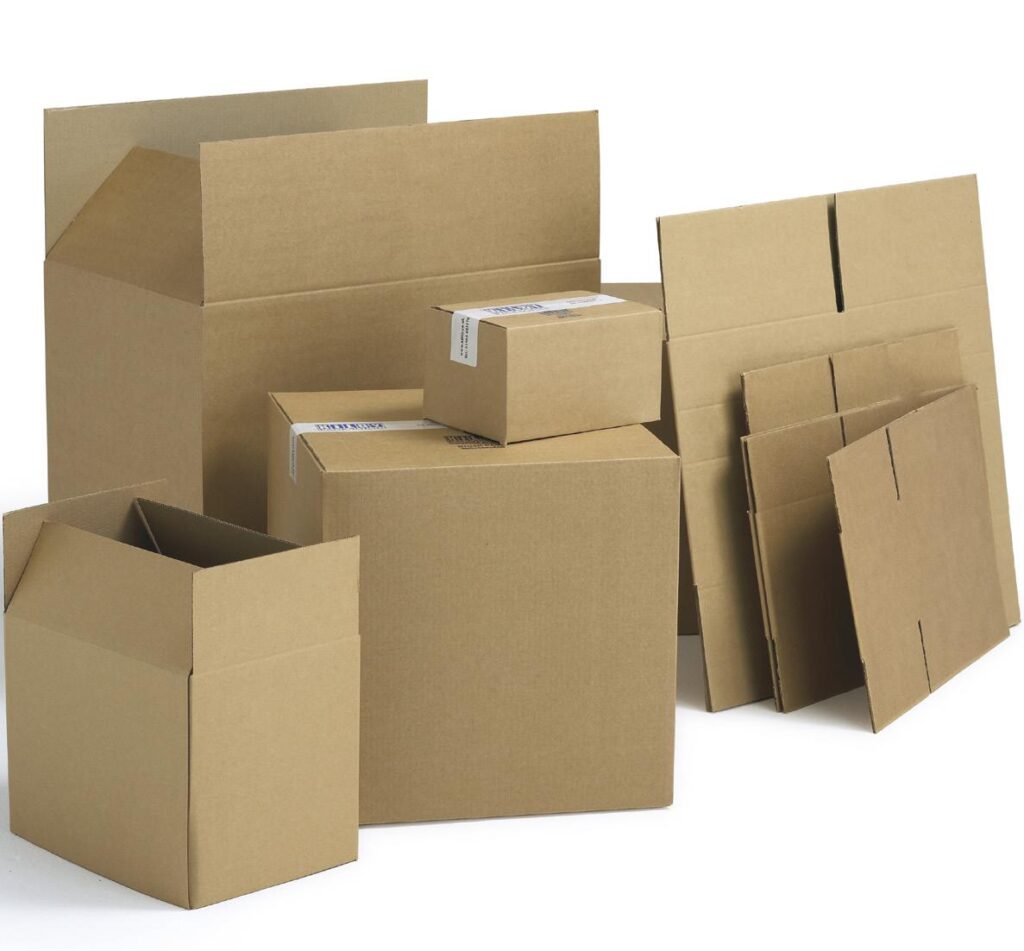
Vietnamese Packaging Companies and the ‘Shelf Wars’
Packaging is no longer just a protective layer—it has evolved into a strategic weapon for boosting brand value, enhancing customer experience, and expanding market share. With digital technology and creative thinking at the forefront, Vietnam’s packaging industry is entering a fiercely competitive era.
Expected to grow by 10–12% annually between 2025 and 2030, the sector faces harsh market fragmentation. Hundreds of packaging designs compete daily on supermarket shelves, yet only a few breakthrough concepts manage to capture consumer attention and win their trust.

Expected to grow by 10–12% annually between 2025 and 2030, the sector faces harsh market fragmentation.
1. Technology Takes Center Stage in Consumer Perception
Dr. Trần Anh Tuấn, R&D expert and CEO of Meslab Dong-Han, notes:
“The most intense competition happens right on the shelf—each product has only 3–5 seconds to catch the eye and make a first impression.”
Beyond flashy visuals, packaging companies must meet the high expectations of Gen Y and Gen Z consumers who value transparency, interactive experiences, and commitments to sustainability.
With material and energy costs rising, optimizing production efficiency and minimizing waste has become critical. Dr. Tuấn emphasizes that Vietnamese companies must aggressively adopt digital transformation and modern technology to maintain their competitive edge.

With material and energy costs rising, optimizing production efficiency and minimizing waste has become critical.
2. Digital Barriers and Strategic Solutions
Dr. Nguyễn Hoàng Khanh, founder of NEAX and lecturer at Van Lang University, cites a McKinsey & Company report showing that 98% of companies fail at digital transformation. The core issues: weak IT infrastructure, uneven human resource capabilities, and fragmented data systems.
“Scattered data leads to delayed reports, misguided decisions, and hundreds of millions of dollars in losses annually,” warns Dr. Khanh.
To overcome this, Dr. Tuấn recommends integrating AR (augmented reality), AI (artificial intelligence), and IoT (Internet of Things) into packaging strategies to drive product innovation and improve production processes.
One standout example is smart packaging that uses AR technology. With a smartphone, consumers can scan the package surface to reveal animations or promotional videos, offering a richer brand experience.
3. Storytelling with AR: The 19 Crimes Case Study
An impressive use case comes from Australia’s Treasury Wine Estates and its wine brand 19 Crimes. Through the “Living Wine Labels” app, the company used AR to bring historic British convicts to life on wine bottle labels. When users scan the label, the character begins telling their story—creating an immersive, shareable experience.
This creative use of AR led 19 Crimes to become the fastest-growing wine brand in the U.S., with a 60% sales increase in its first year. The app has been downloaded over 5 million times globally, with millions of social media shares, significantly reducing traditional marketing costs.
According to Dr. Tuấn, the brand’s success is rooted in two key factors. First, a deep understanding of consumer insight, particularly Millennials—who crave novel, social-media-friendly experiences. Second, compelling content: “Content is King.” The AR tech was simply the ideal medium to deliver a gripping historical narrative.
The campaign also illustrates the power of design thinking, driven by three principles:
-
Empathize – observing and understanding the latent needs of consumers;
-
Ideate – freely generating diverse solutions;
-
Prototype & Test – quickly building and testing low-cost models with real users.

Vietnamese packaging firms have begun digital transformation, but more acceleration is needed.
4. AR Packaging in Vietnam: Limitless Potential
In Vietnam, AR packaging could have broad applications. Imagine scanning a coffee pack to trace its journey from the Central Highlands to your cup, or scanning a fish sauce label to see the traditional fermentation process. Toy packages could trigger animated characters teaching kids how to assemble and play. These interactions not only elevate perceived value but also become powerful differentiators in supermarkets and e-commerce platforms.
Beyond AR, AI and IoT are recommended for integration into production and management systems. IoT enables real-time monitoring of temperature, humidity, and air quality, helping reduce defects. AI can forecast demand, optimize inventory, and automate sorting and packaging processes. The combination of these technologies promises breakthroughs in efficiency, transparency, and brand differentiation.
Vietnamese packaging firms have begun digital transformation, but more acceleration is needed. Dr. Khanh outlines a three-phase roadmap:
-
Build a centralized data foundation
-
Digitize production processes
-
Develop interactive smart packaging products
“It’s not enough to digitize management—companies must embed technology into their products and customer experience,” he stresses.

With the mantra “from insight to experience,” packaging is no longer a mere wrapper.
5. From Cost to Creativity: A New Identity for Packaging Firms
The brutal competition on store shelves demands that Vietnamese packaging companies evolve into tech-driven entities—not just design- or cost-focused manufacturers. AR, AI, and IoT hold the keys to brand storytelling, operational excellence, and creating standout experiences for the new generation of consumers.
The earlier businesses embrace full digital transformation, the more likely they are to break through and earn consumer trust in a fast-growing, high-stakes market. With the mantra “from insight to experience,” packaging is no longer a mere wrapper—it is a modern communication channel, storytelling tool, and strategic sales platform for any brand aiming to compete globally.
Operating under the motto of “Pioneering Quality,” Hoang Vuong consistently aims for sustainable and environmentally friendly packaging solutions. We proudly hold the following certifications: FSC Certification, GMI Certification, G7 Certification, ISO 9001:2015
With over 15 years of experience in the paper packaging industry and a solid brand reputation, Hoang Vuong is a leading private paper packaging enterprise in Vietnam, partnering with numerous major brands locally and internationally. We accompany your company on the journey of innovation, seeking differentiation through continuous improvement. Your success is both an achievement and motivation for us to continue innovating and maintaining professionalism.
- Address: 10/6C Street 10, Binh Hung Hoa A Ward, Binh Tan District, Ho Chi Minh City
- Mobile: 0908.863.965 (Mr. Le Hong Son)
- Phone: 028.62696129 – 028.22481926
- FAX: 08.62696032
- E-mail: havupackage@gmail.com
- Website: www.baobigiay.vn – www.hopcungcaocap.vn

